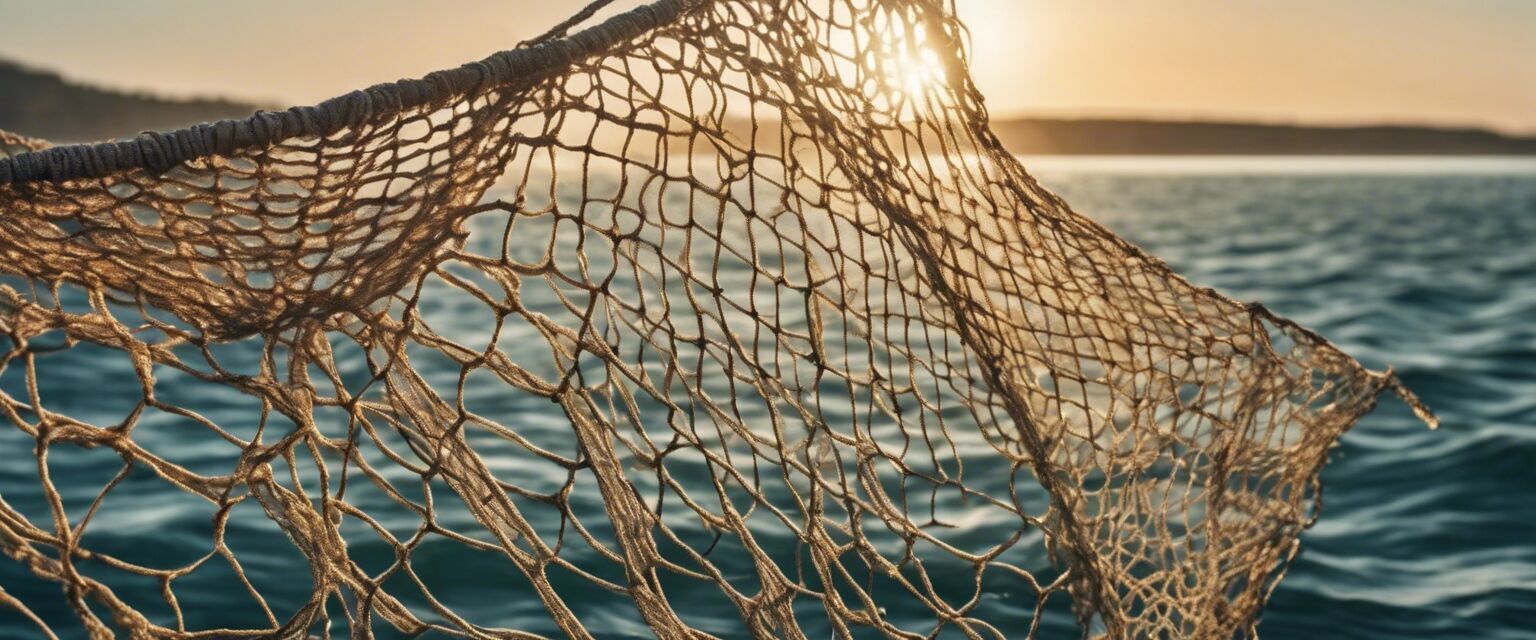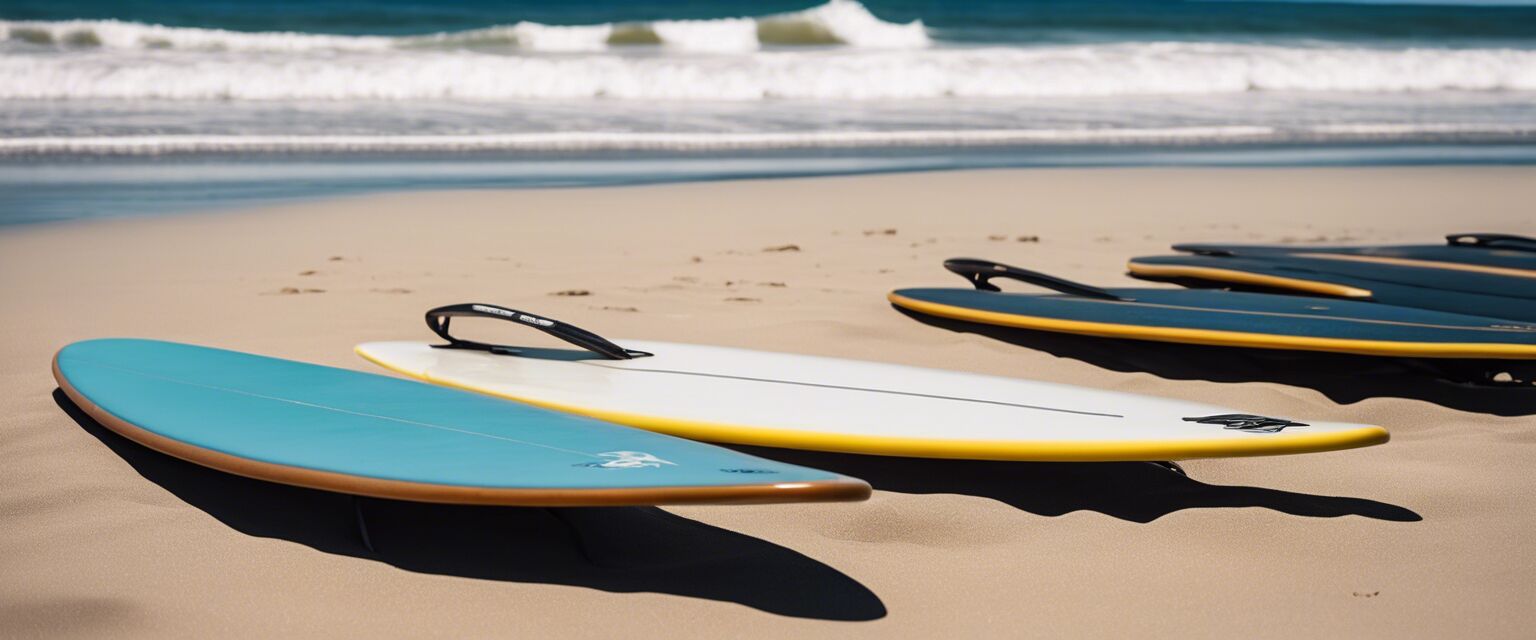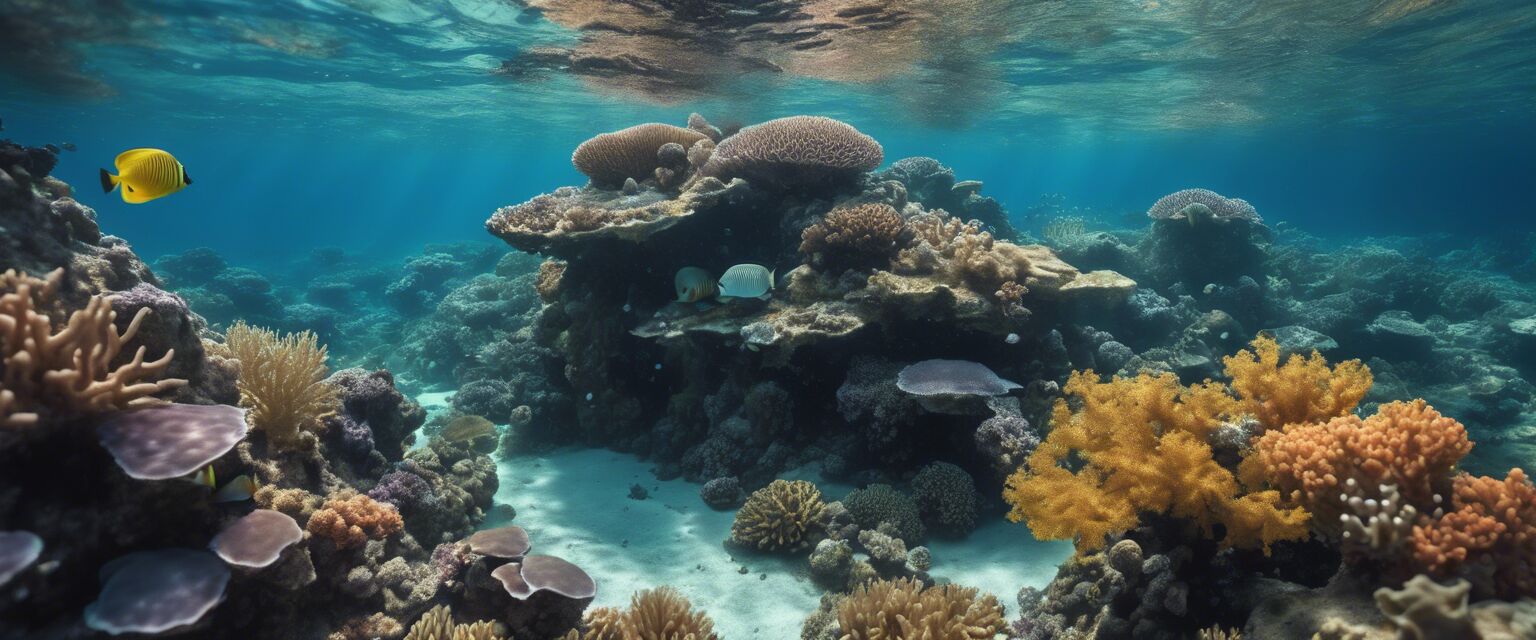
Renewable-Resource Fishing Gear: The Future of Sustainable Fishing
Fishing has been a crucial part of human history, providing food and livelihoods for millions of people around the world. However, the industry's impact on the environment has become a growing concern. One way to mitigate this is by adopting sustainable fishing practices, and that starts with the gear we use.
Key Takeaways:
- Rapidly renewable resources like bamboo and recycled plastic can replace traditional materials in fishing gear.
- Sustainable fishing gear reduces waste, protects marine life, and supports eco-friendly fishing practices.
- Biodegradable materials can help reduce the environmental impact of lost or abandoned fishing gear.
Why Sustainable Fishing Gear Matters
The fishing industry is a significant contributor to marine pollution, with lost or abandoned gear harming marine life and ecosystems. Traditional fishing gear is often made from non-renewable resources like nylon and polypropylene, which take hundreds of years to decompose. By switching to renewable-resource fishing gear, we can reduce waste, protect marine life, and promote eco-friendly fishing practices.
| Traditional Materials | Rapidly Renewable Resources |
|---|---|
| Nylon, Polypropylene | Bamboo, Recycled Plastic, Bioplastics |
| Non-Renewable, Non-Biodegradable | Rapidly Renewable, Biodegradable |
Benefits of Renewable-Resource Fishing Gear
By choosing fishing gear made from renewable resources, you can:
- Reduce marine pollution: Biodegradable materials can help reduce the environmental impact of lost or abandoned fishing gear.
- Support sustainable fishing practices: Eco-friendly fishing gear promotes responsible fishing methods that protect marine ecosystems.
- Promote eco-friendly innovation: The demand for sustainable fishing gear drives innovation in renewable materials and production methods.

Types of Renewable-Resource Fishing Gear
Several types of renewable-resource fishing gear are already available, including:
- Biodegradable diving gear: Made from plant-based materials, these gears are designed to break down quickly and harmlessly in the ocean.
- Eco-paddleboards: Constructed from sustainable materials like recycled plastic and bamboo, these paddleboards offer a eco-friendly way to explore the ocean.
- Recycled material life jackets: These life jackets are made from recycled plastic and other sustainable materials, reducing waste and promoting eco-friendly practices.
Beginners Section
New to sustainable fishing gear? Here are some tips to get you started:
- Research sustainable fishing gear brands and manufacturers.
- Look for certifications like eco-labels and environmental certifications.
- Choose gear made from renewable resources like bamboo and recycled plastic.

Conclusion
The shift towards renewable-resource fishing gear is crucial for the future of sustainable fishing practices. By choosing eco-friendly fishing gear, we can reduce waste, protect marine life, and promote responsible fishing methods.
Pros
- Reduces marine pollution
- Supports sustainable fishing practices
- Promotes eco-friendly innovation
Cons
- May be more expensive than traditional gear
- Limited availability in some regions
- Performance may vary depending on the material

Join the movement towards sustainable fishing practices and make a positive impact on our planet's oceans.








